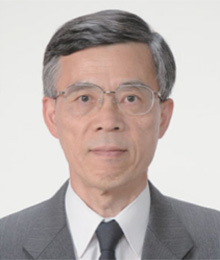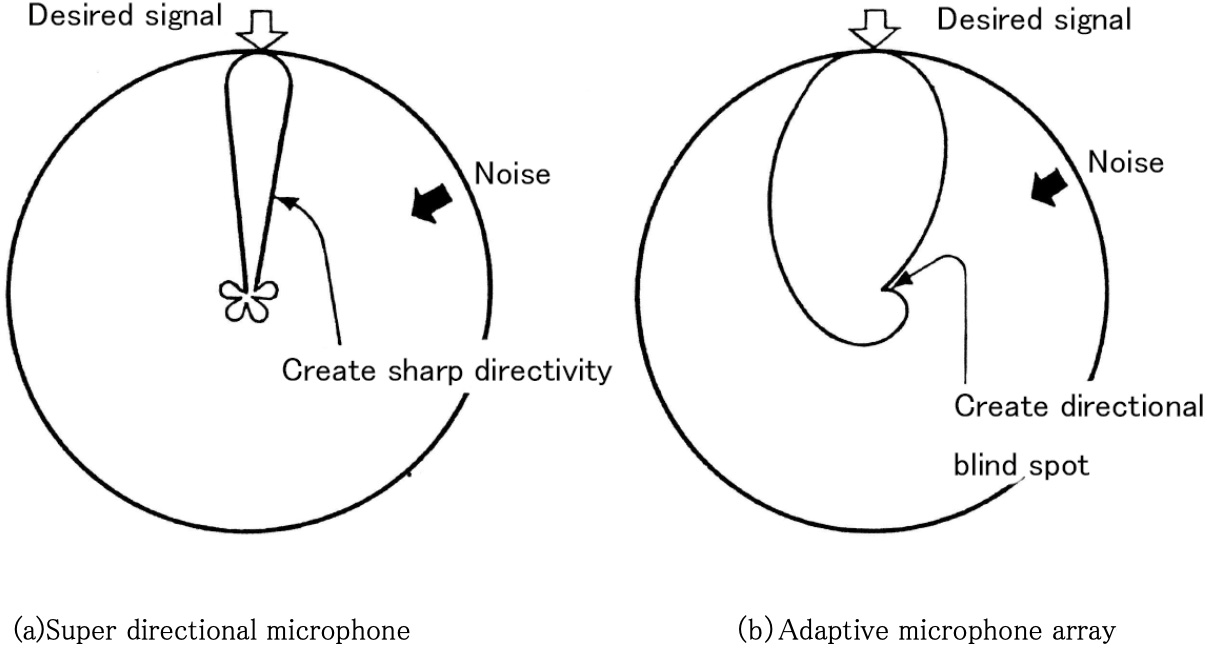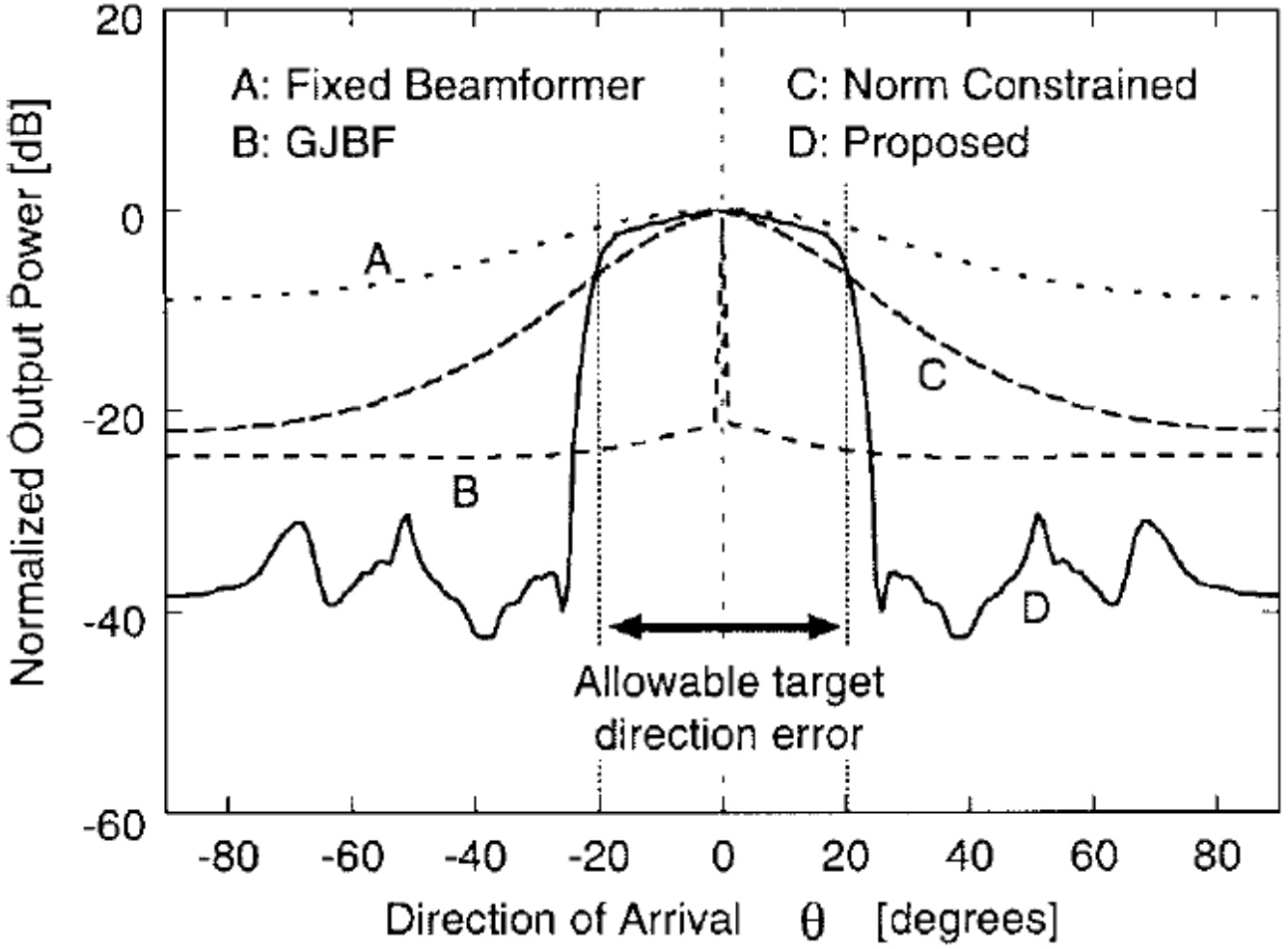
Osamu HOSHUYAMA

Yutaka KANEDA


In the rising transformation of computer-human interfacing via the rapidly growing use of smart speakers and other forms of speech input, the cancellation of ambient noise and reverberations is crucial for hands-free sound acquisition without the need to position a microphone near the mouth. Microphone array technologies have long held promise for the extraction of speech and other target sounds using spatiotemporal information from multiple microphone outputs. Early prototypes developed by Bell Laboratories and other researchers in the early 1980s were super directional microphone arrarys, meter-scale systems incorporating over 100 microphones and other devices,(1) but their large size and high cost impeded their adoption for consumer use. At the time, adaptive beamforming was still in its developmental stage, and the practical implementation of the technology of wireless antennas for systems such as radars was just beginning. In addition, adaptive beamforming was still limited to wireless narrowband applications, and methods for their application to wideband voice signals were unknown.
The award-winning breakthroughs incorporated adaptive beamforming targeting wideband voice signals into a microphone array, and developed robust technology for the practical implementation of adaptive beamforming. Award recipient Kaneda became the first to verify the possibility of this novel use for adaptive beamforming while investigating large microphone array systems.(2)-(4) The research showed that noise reductions of over 10 dB (Fig. 1) could be obtained by incorporating a new wideband constraint condition into an adaptative algorithm and positioning a few microphones in a small array of 10 cm or less. In addition, the implementation of robust technology by award recipient Hoshuyama, consisting of two-stage adaptive signal processing, solved the real-world usage problems of unavoidable sensitivity errors in microphone arrays and the marked deterioration of the target sound in reflected-sound environments.(5),(6) This robust technology enabled adaptive beamforming to achieve stable performance in many different environments (Fig. 2). The technology was demonstrated in the construction of a real-time processing system using a small-scale microphone array approximately 10 cm in size, and videos of its operation in environments with large amounts of noise were presented at international conferences and other meetings. Despite being at an early stage of development, the real-time operation of the DSP chip was successful, leading to widespread adoption of the principles of the technology. The award recipients have played leading roles in the verification of the possibilities of adaptive beamforming and in the advancement of robust technology, and have made major contributions to the practical implementation of adaptive beamforming.
Additionally, to heighten the accuracy of speech recognition, many commercial smart speakers have incorporated the adaptive beamforming technology developed by the award recipients in combination with methods for the inference of target sound direction. Presently, the development kit manual for the major smart speaker product Amazon Alexa strongly recommends adaptive beamforming for remote speech recognition. In recent years, proposals have included the use of independent component analysis(9) as a blind sound source separation method (2016 Achievement Award of IEICE) as well as various high-quality sound acquisition methods such as selected sound acquisition and technologies using neural networks. Many of these technologies are essentially equivalent to adaptive beamforming in their sound acquisition function. Thus, sound acquisition methods other than adaptive beamforming also incorporate in part the technologies developed by the award recipients, and their developmental influence is widespread and extensive. Throughout, the papers and other publications of the award recipients have made major contributions to the advancement of adaptive beamforming research.(2)-(8)
In summary, the advances led by the award recipients are remarkably distinguished and highly worthy of the Achievement Award of this conference.

